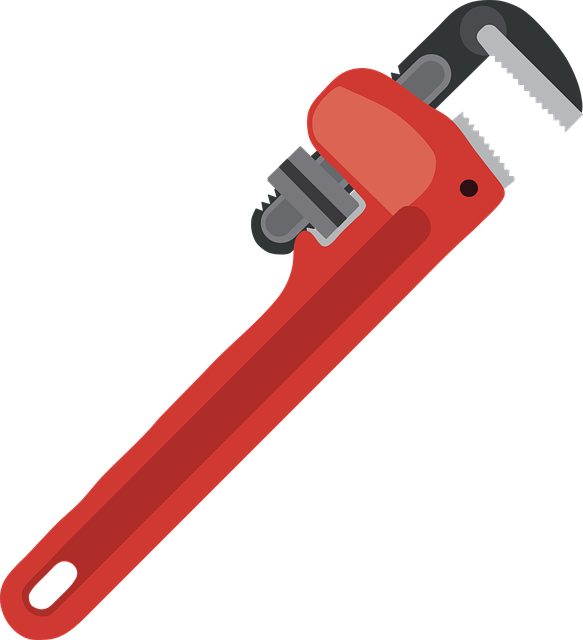- Understanding Water Pressure: The Basics for Plumbers
- Tools and Techniques for Testing Pressure and Flow
- Common Issues and How to Identify Them
- Best Practices for Ensuring Optimal System Performance
Understanding Water Pressure: The Basics for Plumbers

Water pressure is a fundamental aspect that plumbers need to grasp to ensure optimal system performance and client satisfaction. It refers to the force exerted by water as it flows through pipes, measured in pounds per square inch (psi). Understanding this concept is crucial for plumbers as it directly impacts the functionality and efficiency of plumbing systems. By monitoring pressure levels, plumbers can identify potential issues like leaks, blockages, or faulty components.
For instance, a sudden drop in pressure might indicate a leak or an obstructed pipe, while consistently high pressure could suggest a pump issue or improper system setup. Plumbers employ specialized tools to measure and regulate pressure, ensuring it stays within the recommended range for different applications. This knowledge enables them to diagnose problems swiftly and implement effective solutions, thereby showcasing their expertise in the field.
Tools and Techniques for Testing Pressure and Flow

Testing water pressure and flow is a critical aspect of maintaining a healthy plumbing system, and professional plumbers employ various tools and techniques to ensure accurate assessments. One common method involves using pressure gauges to measure the system’s pressure at different points. These gauges provide real-time data, allowing plumbers to identify any significant fluctuations that might indicate issues like leaks or blocked pipes.
Additionally, flow meters are utilized to quantify the rate of water movement within the plumbing network. By measuring the volume of water passing through specific sections over a given time, plumbers can pinpoint areas of restriction or excessive flow. This information is invaluable for troubleshooting and optimizing the system’s performance, ensuring efficient water distribution and minimizing wastage, which is particularly relevant for eco-conscious homeowners and businesses alike.
Common Issues and How to Identify Them

Water pressure and flow issues are common problems in plumbing systems, often indicating larger concerns that a plumber should address promptly. Reduced water pressure could be due to leaks, mineral buildup in pipes, or even corroded valves. To identify these issues, homeowners can look for signs like low water pressure from faucets or showers, uneven water pressure throughout the house, or slow drainage.
Flow problems may manifest as inadequate hot water heating, frequent clogs, or excessive noise during water use. Plumbers use specialized tools to test and diagnose these issues, such as pressure gauges to measure pressure and flow meters to assess water velocity. Regular maintenance checks can help prevent such problems and ensure the longevity of your plumbing system.
Best Practices for Ensuring Optimal System Performance

To maintain optimal system performance, regular testing and maintenance are key. A reputable plumber can help implement best practices such as periodic checks for pressure and flow throughout the entire system. This includes inspecting valves, pipes, and fixtures for leaks or blockages, ensuring water pressure falls within recommended ranges, and verifying adequate water flow rates to all outlets.
Additionally, staying proactive with preventive maintenance measures like flushing out sediment buildup in heaters and softeners, replacing worn parts, and checking for corroded piping can significantly enhance the longevity and efficiency of your plumbing system. A plumber can provide expert guidance tailored to your specific needs, ensuring your system operates at peak efficiency while minimizing costly repairs and disruptions.
Testing water pressure and flow is a crucial aspect of maintenance for any plumbing system. By understanding the basics of water pressure, employing appropriate tools and techniques, identifying common issues, and following best practices, plumbers can ensure optimal system performance. Regular checks prevent costly repairs and maintain efficient water distribution. For professionals in the field, staying informed about these practices is essential to delivering quality services.
